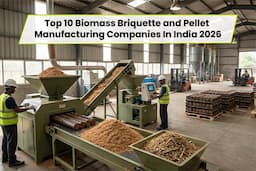From a limited choice of materials centuries ago to futuristic technology today, our piping systems have evolved tremendously. When the first known pipes were laid, metals were the most preferred industrial pipe materials for various applications. Let us take a trip down memory lane and discover how piping technology has evolved since then.
What the past tells us: A history of industrial piping solutions
A quick history review reveals interesting insights about different types of pipes. The ancient Egyptians had extensive copper piping in place as early as 3000 BCE, connecting and transporting water between their pyramids and temples. Historians and archeologists have discovered that despite the deteriorating conditions of the ancient structures, the copper piping remains nearly intact.
The Romans were another ancient civilization with impressive industrial piping solutions, like the use of aqueducts to source fresh water from mountain springs. However, with the collapse of the Roman civilization, the knowledge of industrial piping applications was lost briefly until modern piping solutions became necessary.
The rise of modern pipes as we know it
With the advent of The Industrial Revolution in the 18th century, the industrial piping sector witnessed various necessary advancements to keep pace with modern needs. Industrial piping solutions then evolved to transport gas and oil commercially.
Today, innovations in piping technology have given us various advantages over the vulnerabilities of ancient and mid-modern piping. Anti-corrosion technology and rustproofing techniques have extended the lives of industrial pipes tremendously. Sensors along industrial piping pathways make it easier to identify damages or leaks promptly.
And the use of different industrial pipe materials for specific applications has dramatically improved overall efficiency. For instance, copper remains in use to transport potable water, while steel may be a better fit for transporting natural gas and sewerage. On the other hand, high-density polyethylene (HDPE) is ideal for gas and oil undersea pipes.
What will the future of industrial piping be like?
The future of industrial pipes looks promising, with new technologies and materials being developed to improve the efficiency of industrial piping systems. Industries are also prioritizing more energy-efficient solutions with a smaller carbon footprint.
One area of focus is using advanced materials like composites to improve strength, durability, and corrosion resistance. 3D printing technology is also being explored to create custom pipes on demand and reduce lead times and costs.
Get a headstart on the journey to the future with innovative piping solutions.
Choosing the right industrial pipe materials is imperative to remain ahead of the curve and future-proof your business. Moglix can help you here with our comprehensive piping solutions that include various types of pipes and pipe fittings sourced from a plethora of top brands in the business. Get in touch with us to know more.




